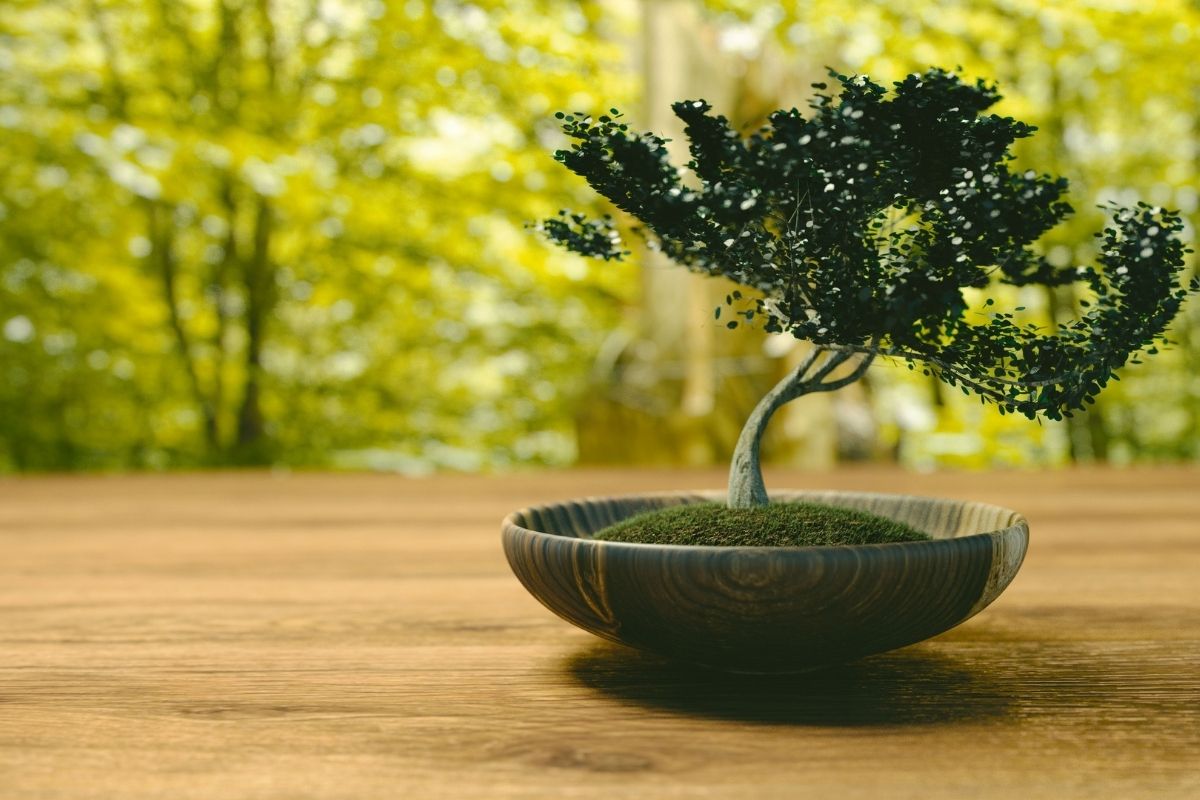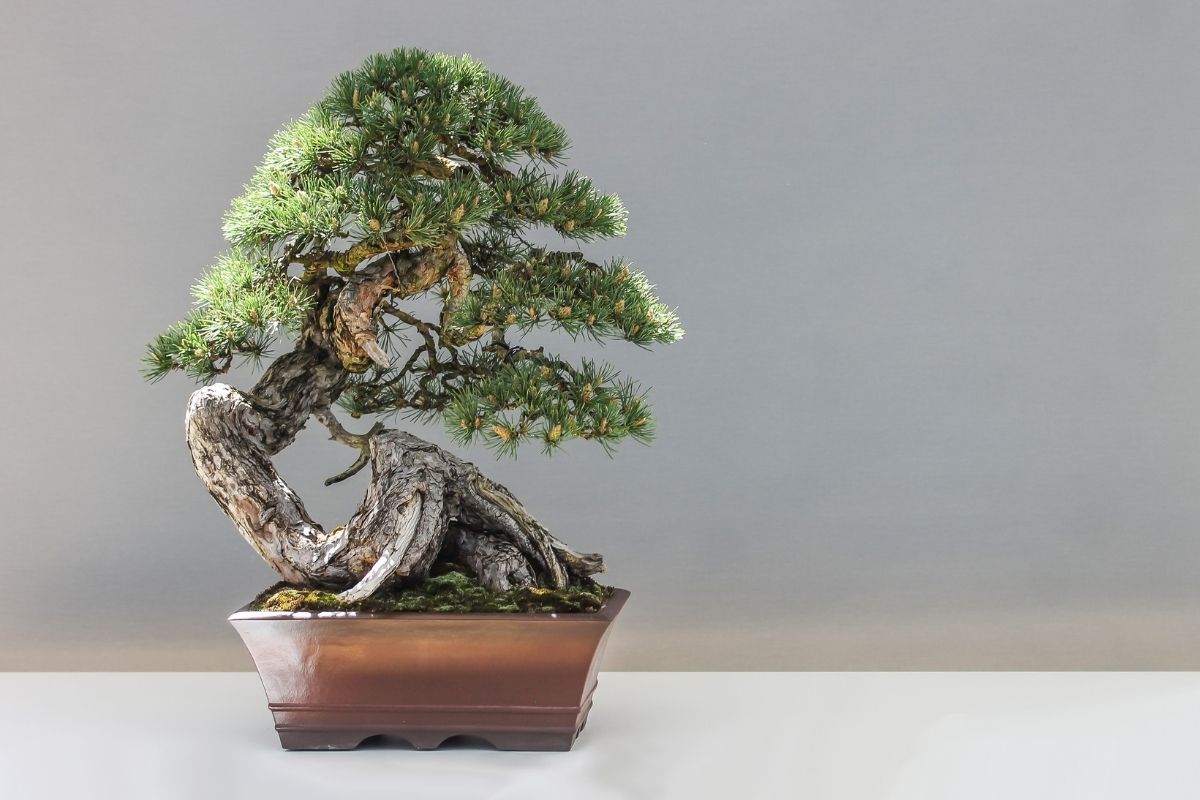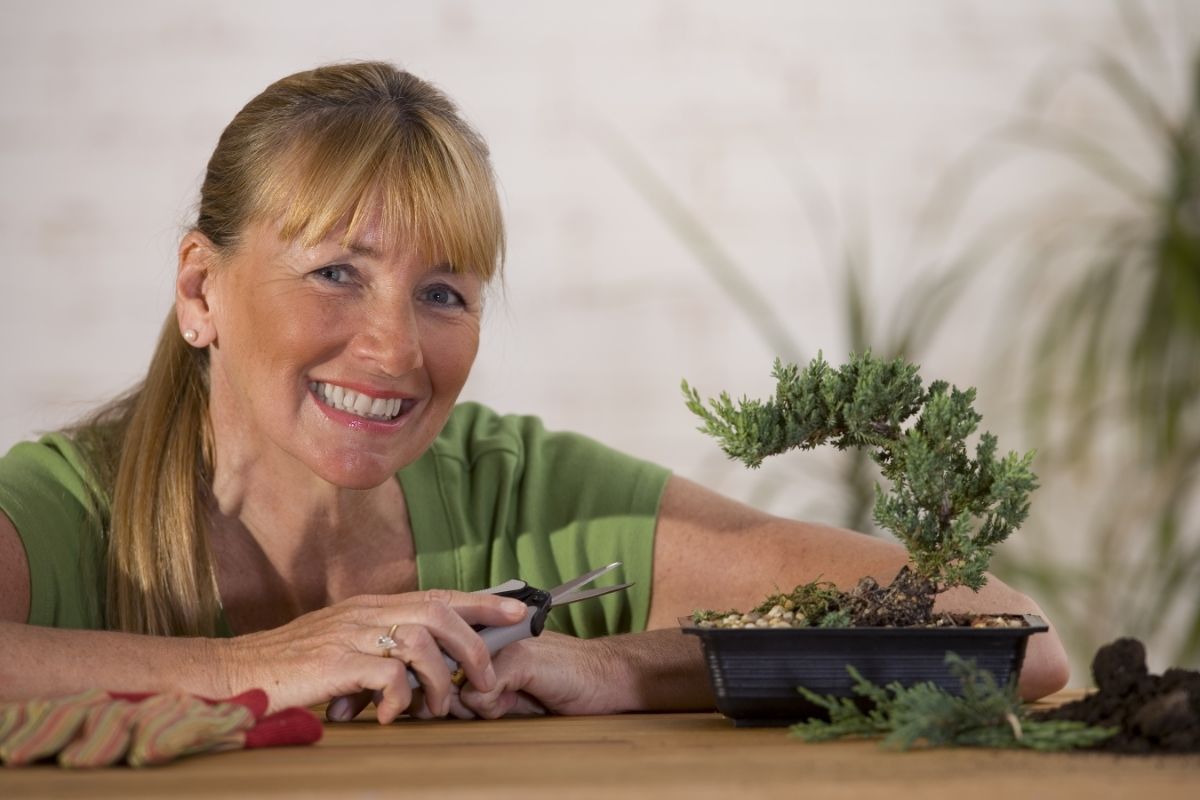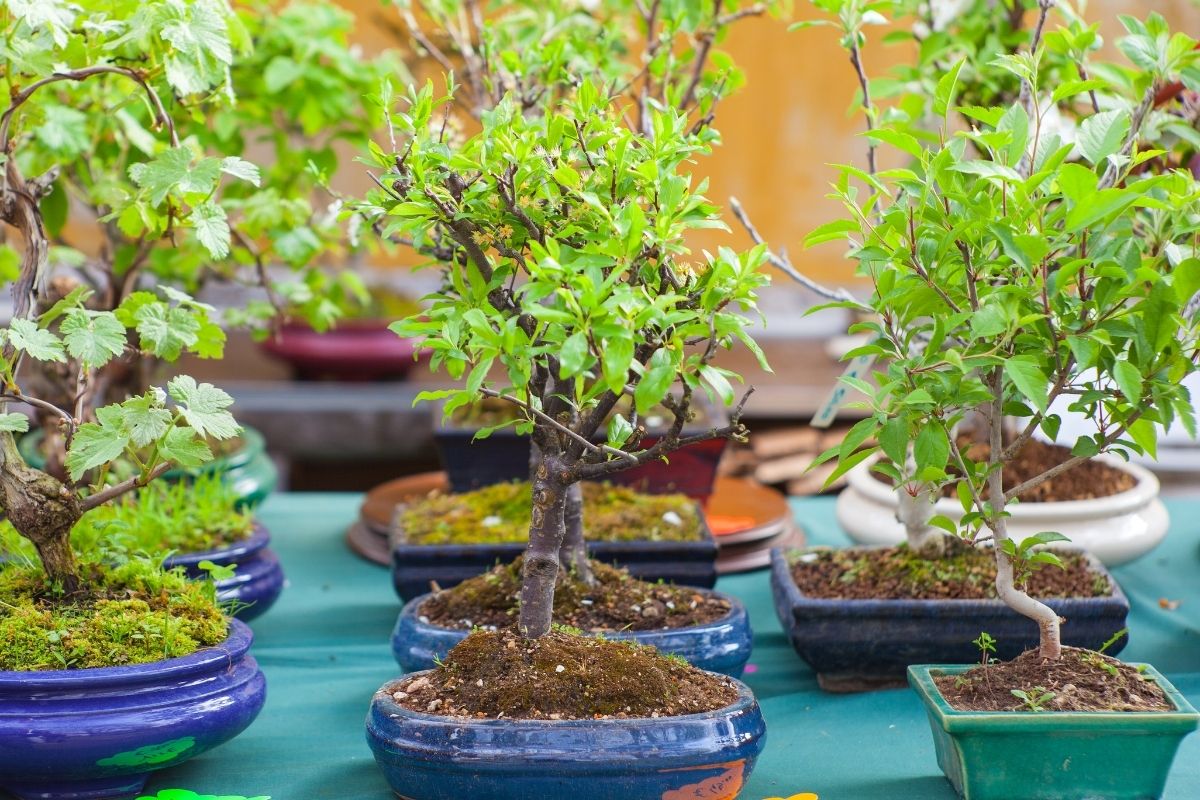Bonsai trees are a beautiful and highly sought-after species of tree. But do you know the life of a Bonsai tree? While they are smaller than regular trees, they do actually live much longer!
Bonsai trees are kept alive by constant care and attention. They’re fed well, have plenty of nutrients, and are kept in the right conditions.
These trees grow slowly but steadily, and they last longer than other trees of the same species.
Today, they’re more popular than ever. Bonsai enthusiasts collect them as pets. Some people even use them as Christmas decorations, and others grow them as living works of art.
If you have been wondering how long these trees can actually live, carry on reading!

What Are Bonsai Trees?
Bonsai are trees that are genetically and biologically identical to fully grown trees – but they are much smaller.
The reason for this is that they grow slower than other trees, partially because of human interference. However, this does also mean that they live longer than normal trees.
Bonsai trees are taken from their natural environment and trained to be miniature versions of themselves. This means that bonsai trees start off as normal trees.
They are then pruned and shaped into tiny trees. These trees are then planted in pots or containers. Bonsai trees are usually kept indoors because they need lots of care and maintenance.
How Long Do Bonsai Trees Live?
Bonsai trees are very slow-growing plants that need careful attention. Their roots must be kept moist and protected from cold winds. They also require constant care to prevent them from drying out.
With the dedication and supervision they receive, most Bonsai trees should live for at least one hundred years, with some species lasting around five hundred years!
Long-Living Bonsai Species

Trees that grow in cold climates tend to live longer than those growing in warmer regions. Some types of Bonsai trees will live up to 500 years, while others may only last 100 years or less.
A regular Chinese elm tree could live up to 150 years. Ficus bonsai trees easily last more than 50 years. Boxwood bonsai trees live for about 100 years.
Sweet plums are also very long-lasting, with an average lifespan of around 60 years. However, all of these Bonsai can only survive this long with regular root pruning and re-potting.
Oldest Bonsai Tree – The Crespi Ficus
This bonsai tree is over 1000 years old. It was planted in the year 986 AD. The tree was originally grown as an indoor plant but was moved outdoors when the museum opened in 1987.
It is kept in a pot of soil that contains peat moss and sand. The tree gets water every day. The tree is cared for by a gardener who loves the tree very much.
This Crespi Ficus was transplanted to Italy in 1986, and it’s been growing there since then. It’s believed to be the oldest living bonsai tree in existence.
It’s planted in the world’s biggest bonsai pot, which was made and fired in one piece.
How Can You Tell The Age Of A Bonsai Tree?
Bonsai trees grow more beautifully as they get older. Their value increases with time. You can tell how old a bonsai tree is by counting its rings or measuring its trunk diameter.
A bonsai tree’s age is an important factor when buying it.
The fastest way to tell how old a tree is is by counting the number of layers. However, this often involves damaging the Bonsai tree in some way or even cutting it down.
Luckily, there are other ways to determine the age of a bonsai tree than cutting it down.
There is an accurate method to calculate the age of a bony tree. To do this, you would first need to know the diameter (circumference) of the tree. You would then divide the circumference with pi.
Then you would measure the circumference of the trunk about 1 inch above the root. Finally, you would measure the part of the trunk that is most solid in growth.
Bonsai trees grow very slowly. Their growth rate depends on the species of the tree. For example, the growth factor of Japanese maple is 1.8.
So if you have a 6-inch diameter tree, then you would multiply 1.8 by 6 to get 12 inches.
Factors Affecting How Long A Bonsai Will Live For

Bonsai trees need to be cared for properly. They should receive the right amount of water and nutrients.
This will help them grow into beautiful plants. A bonsai tree must have the right environment to grow in. If the tree isn’t placed in the right place, it may not survive.
The Species
Some species will need constant watering, like the Japanese Flowering Cherry. The soil has to remain permanently moist and has to be grown outdoors for it to get enough sunlight.
However, other species prefer not to have too much water at all. An example of this is the Cedar Bonsai, which is a brilliant choice for a hardy and long-lasting tree.
This is because you are supposed to wait for the soil to dry between watering, meaning that it doesn’t require as much attention and consideration as other species.
The Environment
Bonsai trees need to grow in the right conditions to stay healthy. Humidity trays are important in replicating the Ficas natural habitat.
There are several humidity trays available online, and these ensure that your Bonsai has the same consistency as it would if it was growing in the wild – which is why certain Bonsai have survived for so long.
General Care

Bonsai trees need to be watered, trimmed, and maintained to grow well. Pruning is an essential part of caring for trees. These shears are recommended by the author because they help to keep trees looking good.
RELATED: Money Doesn’t Grow On Trees: The Price Of A Bonsai Tree
Can You Keep Bonsai Trees Indoors?
Bonsai trees are beautiful miniature plants that are kept in pots or containers. They grow slowly over time and require constant care.
Some bonsai trees are grown outdoors while others are kept inside. There are many kinds of bonsai trees, all with different requirements.
If you would like to keep a Bonsai tree indoors, do some research first to check whether the species will survive inside!
You should get your seeds from a reliable source. However, pre-grown plants are more convenient than starting from seed.
Bonsai trees require much more attention than other types of plants. You must maintain the proper amount of light and humidity to ensure healthy growth.
Indoor bonsai trees are very delicate and should be treated as such. Patience is key when growing them.
Frequently Asked Questions

How Long Does It Take To Grow A Bonsai Tree?
Most Bonsai will probably take somewhere between ten and fifteen years to fully grow. However, Bonsai trees require patience. You should know what kind of bonsai tree you want before buying it.
Buying a bonsai tree early in its growth stage can speed up the process. But if you buy a Bonsai tree late in its growth stage, then it may not grow as fast as expected. This is why some Bonsai trees can take up to thirty years to reach maturity!
Which Bonsai Species Is The Fastest Growing?
The Ficus Religiosa is typically documented as being the fastest growing bonsai species, and it is often used for outdoor landscaping.
Otherwise known as a ‘sacred fig’, the Ficus Religiosa is actually the state tree of multiple Indian states, and it contains a lot of religious significance in Hinduism, Buddhism, and Jainism.
To ensure the Ficus Religiosa’s good health, it needs to remain in moist conditions but it shouldn’t be unnecessarily watered.
To Sum Up
Because of their miniature size and the way they have been genetically modified, Bonsai trees can live anywhere between fifty and one hundred years. Some will most definitely live longer than this!
The longest living Bonsai in existence so far is the Crespi Ficus, which is currently around one thousand years old.
Bonsai trees do need to be meticulously cared for. This will greatly influence how long they will live – particularly in terms of their environment and how often they are watered.
Editor’s Recommendations
Taking Care: How to Look After a Bonsai Tree







